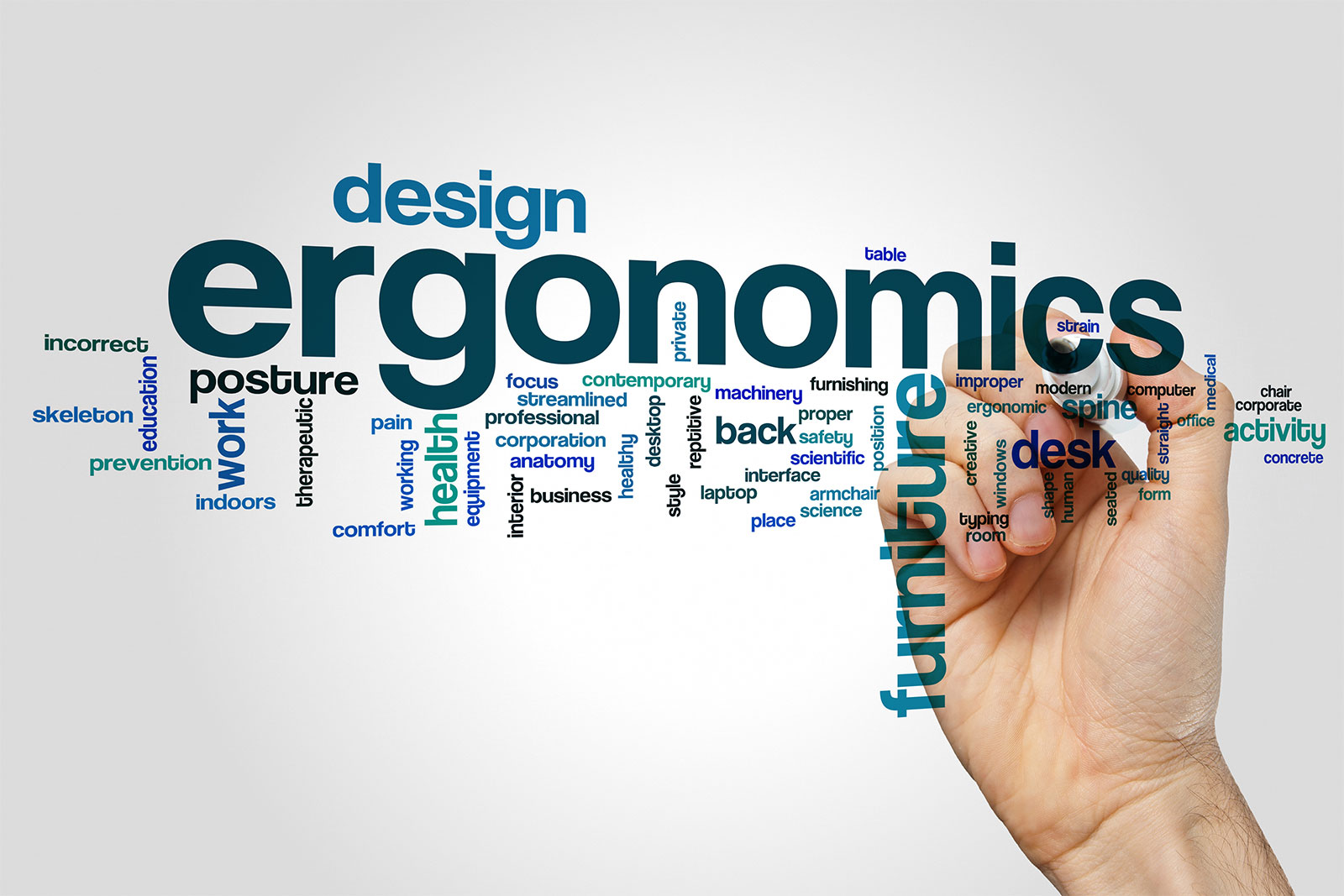More than one third of workplace illnesses and injuries reported each year are work-related musculoskeletal disorders (WMSD), and without properly addressing these serious claims, this number will only increase with time. Businesses need to be aware of what WMSDs are, how exactly they occur, why they are detrimental to their business, and what employers can do to prevent workplace-related MSDs from happening.
What are WMSDs?
Musculoskeletal disorders are ailments that affect the joints, cartilage, muscles, tendons, spinal disc, and nerves. These disorders frequently cause pain, discomfort, inflammation, and other irritations to various areas of the body including the neck, back, shoulders, elbows, arms, legs, wrists, and hands. Such disorders are generally caused (and exacerbated) by repeated movements that cause stress or strain to the tendons, muscles, bones, or nerves. High force or impact, vibrations, extreme temperature exposure, awkward postures, and contact stress are a few of the causes of musculoskeletal disorders.
A sub-branch of the above, WMSDs are musculoskeletal disorders that occur or are aggravated within the workplace, and, according to the Centers for Disease Control, they are at least partially the fault and responsibility of the employer. It should be noted that workplace MSDs are not within the same category as slips, falls, and other similar injuries. In fact, these disorders actually occur from normal, daily activities that are only harmful through repetition or strain.
Types of WMSDs
Workplace MSDs can arise in many forms and will vary slightly from one industry or sector to the next. Some of the more frequent claims include pinched nerves, various types of sprains or strains, herniated disks, and hernias. WMSDs can also appear as the result of injuries such as:
- Tendinitis
- Trigger finger
- Carpal tunnel syndrome
- Rotator cuff injuries
- Back injuries
- Muscle strains
Employers need to understand that these health issues can greatly impair a worker’s ability to perform their daily tasks, and that prevention is well within our means.
Contributing Factors to WMSDs
According to the Centers for Disease Control, a musculoskeletal disease is considered work-related when the specific job or piece of equipment/item within the work environment causes, contributes, or in any way worsens the problem. While industries may vary slightly depending on the tasks assigned to their workers, there are several recurring threads that run across sectors. Some of the most common contributing factors to workplace MSDs include:
- Overexertion such as lifting, pushing, or pulling weighty loads
- Unnatural or unwieldy motions
- Bending or twisting
- Heavy lifting or incorrect lifting posture
- Poor posture even when sitting
- Working at unnatural angles
- Repetitive motions
- Reaching overhead
These gestures may differ depending on the industry, but the results are the same. For example, untrained lifting is a common cause of WMSD that can result in injuries for nurses who need to move patients, as well as construction workers who need to lift blocks of cement.
How WMSDs Affect the Employer & the Workplace
Work-related MSDs generate more and greater financial losses to employers than any other type of workplace injuries. For example:
- The medical costs alone for WMSDs are staggering, hovering around the $54 billion mark annually.
- Additionally, the work output of the employee is affected constantly. WMSDs are responsible for the vast majority of lost work time or restricted functioning. From lower productivity to complete absenteeism, quality of work is significantly hampered by general fatigue, discomfort, and of course, the more severe disorders that arise from these untended to issues.
Implementing Ergonomic Solutions
Solving these health issues that make up a significant percentage of workers’ comp claims, disability, and lost productivity and group health is certainly worth the investment. Implementing inexpensive or free ergonomic solutions (practices that apply appropriate demands on the body and setting up the work environment for maximum safety and ease) costs less than the billions of dollars spent on claims annually, and any financial investment quickly pays for itself.
Aside from the decrease in lost work time and workers’ comp claims, improving workplace conditions and lowering WMDSs will significantly improve the morale and general health of the work staff. In turn, this produces better quality and greater quantities of work output. Everyone stands to gain from implementing safer, ergonomic workplace practices and equipment.

With over 10 years of experience in managing workers’ comp claims Tehila understands well the struggles involved. Joining Modwatch gave her the opportunity to use her passion of reducing work related injuries, getting employees back to work, and helping reduce insurance premiums to help others.


